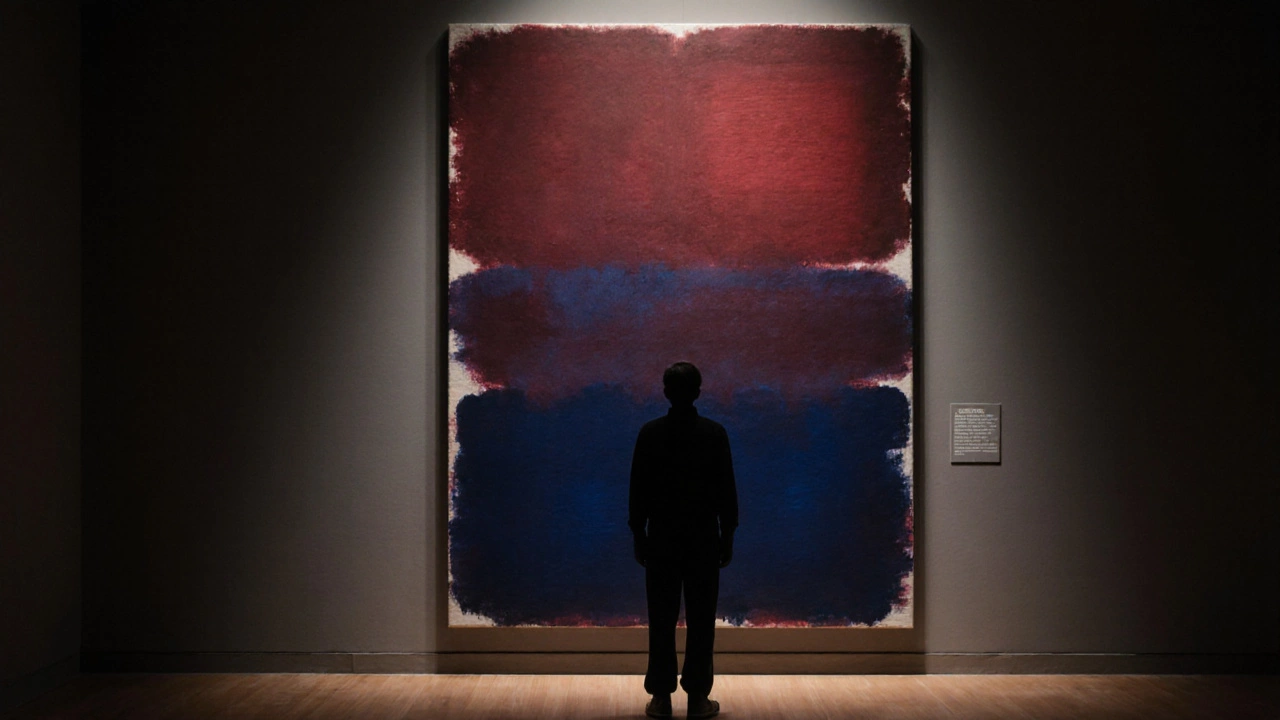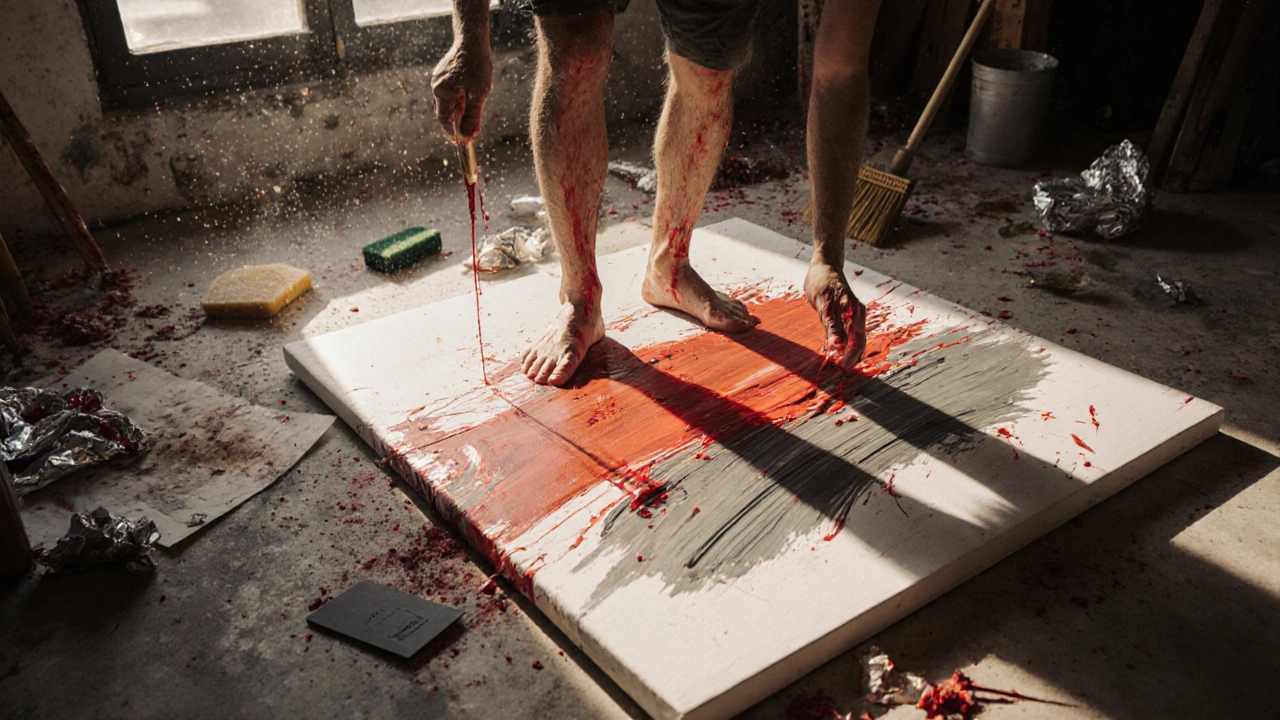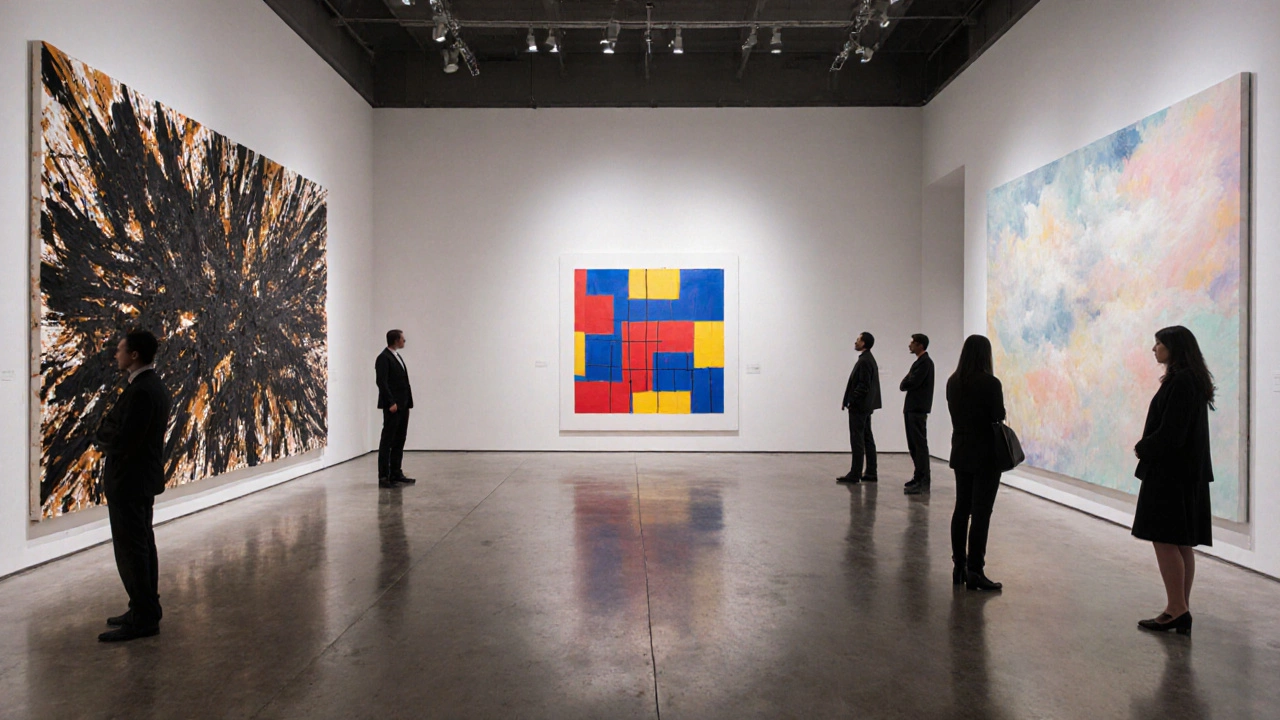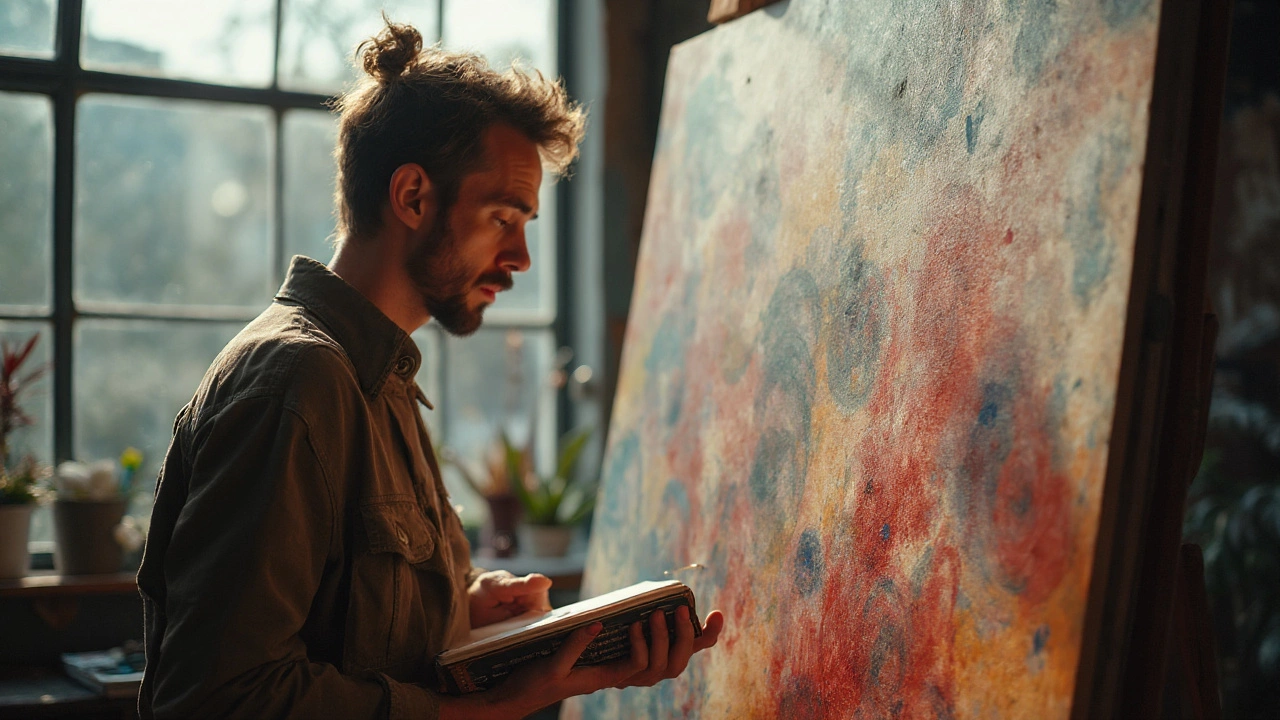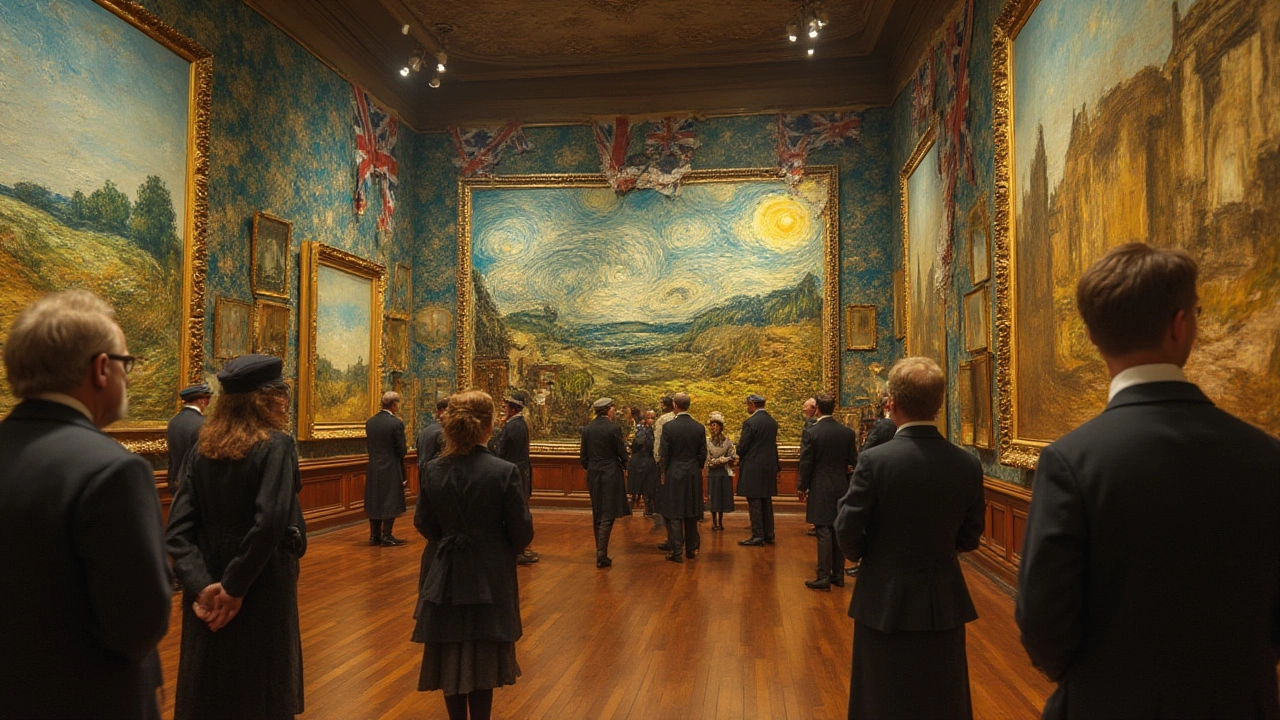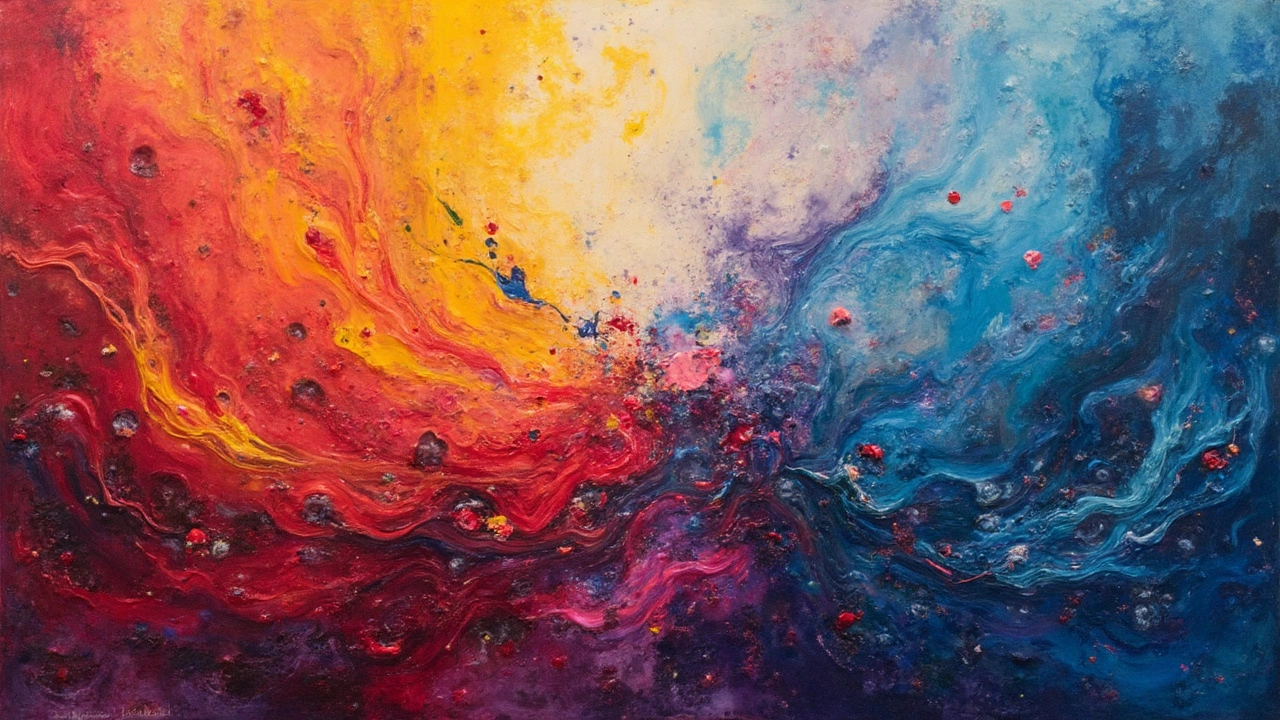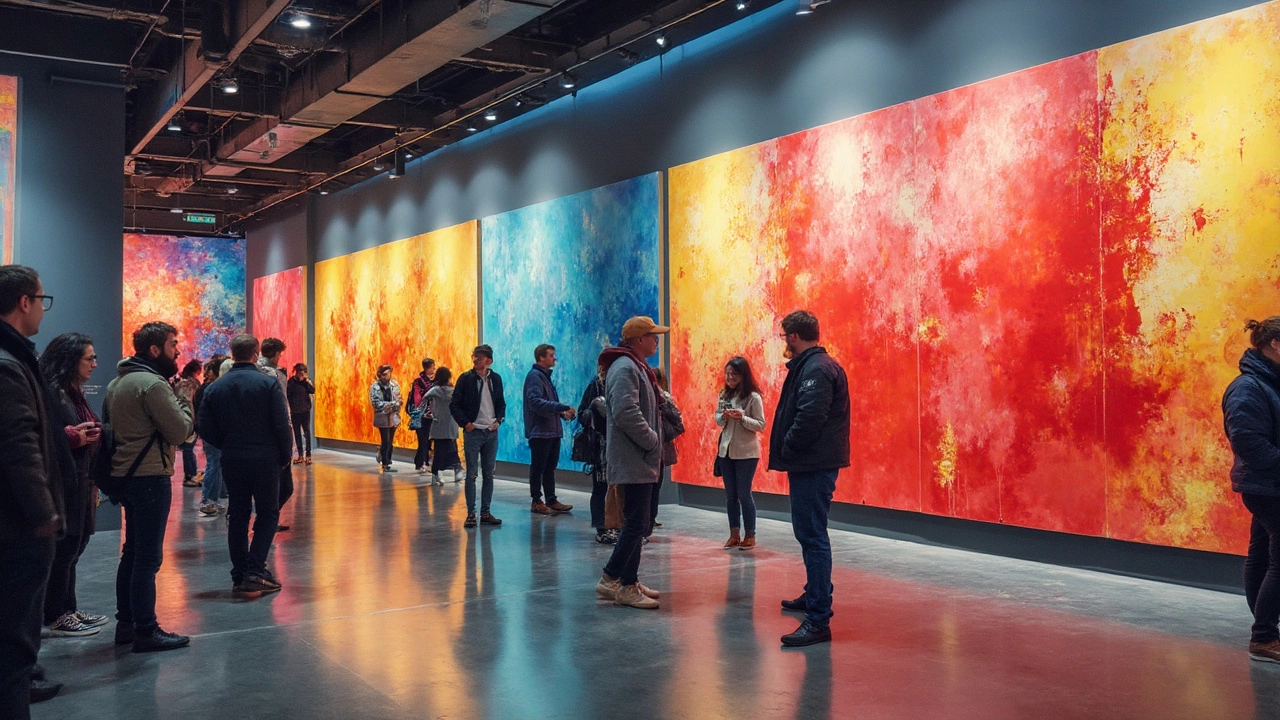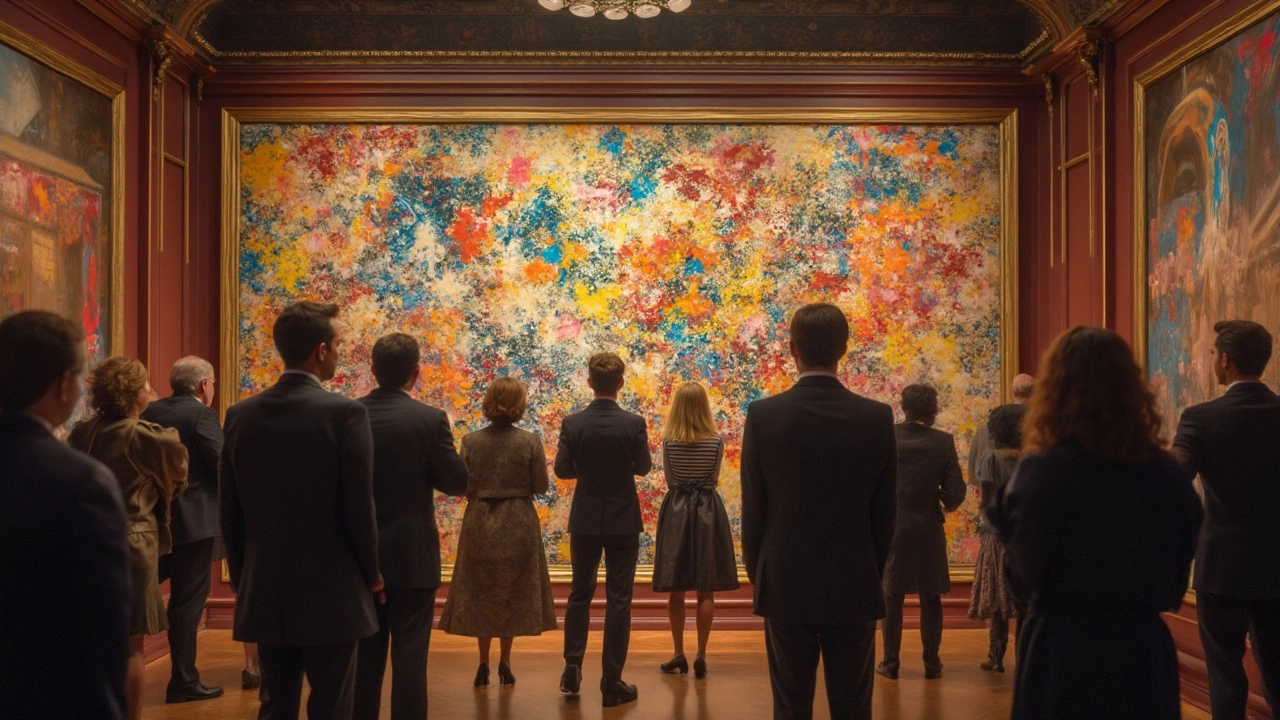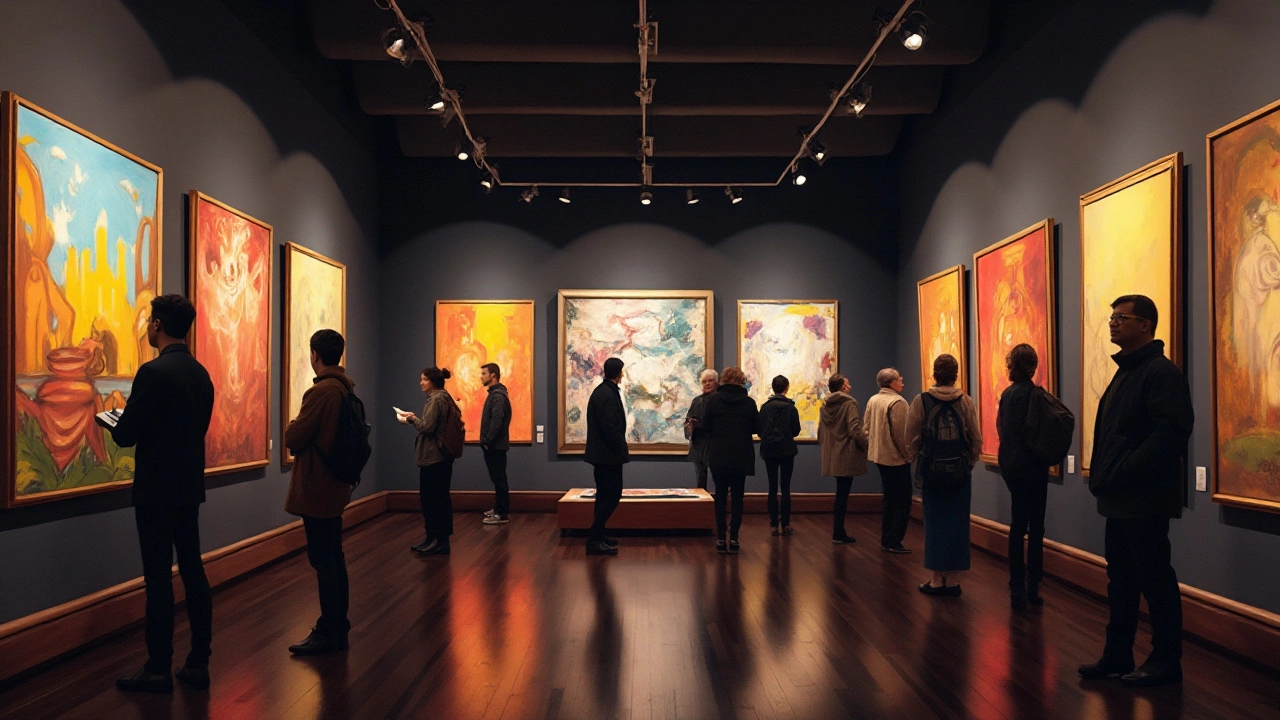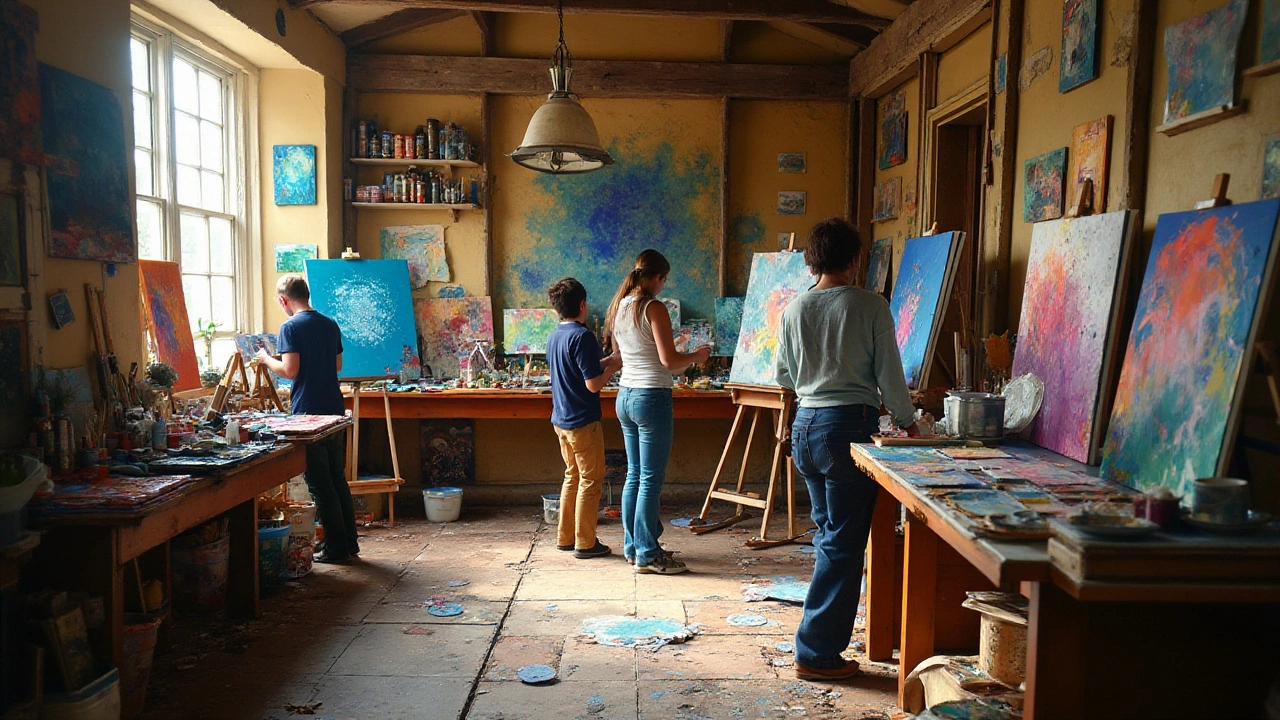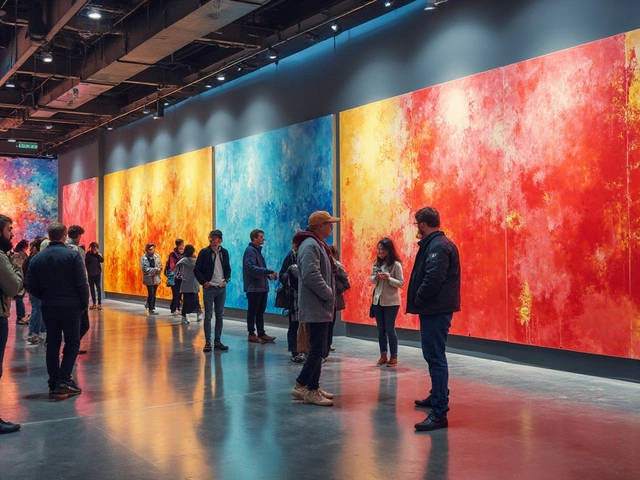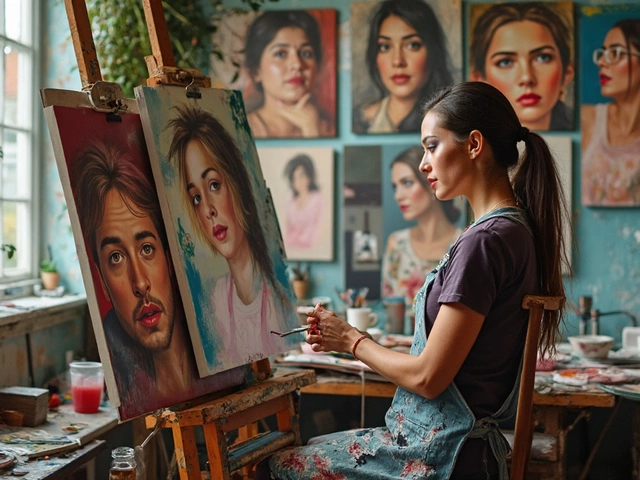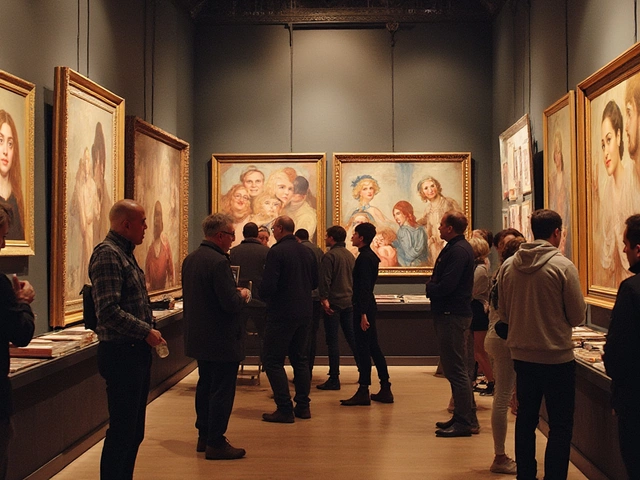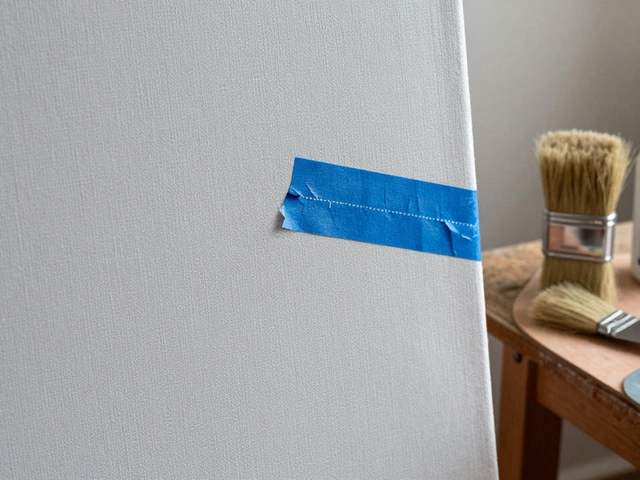Abstract Art: Meaning, Colors, and Inspiration Explained
Did you know that most people first see abstract art and feel a rush of emotion before they even know why? That instant reaction is the power of color, shape, and pure feeling coming together on a canvas. In this guide we’ll break down what abstract art is, why it grabs attention, and how you can get more out of every piece you see.
What Is Abstract Art?
Abstract art moves away from recognizable objects and focuses on lines, colors, and forms that suggest feelings or ideas. It isn’t about painting a tree or a portrait; it’s about the mood that a splash of red or a sweeping curve creates. Artists use these tools to let the viewer finish the story in their own mind.
How to Experience Abstract Art
First, pause and look at the colors. Notice which shades dominate – bright yellows can feel energetic, while deep blues might calm you. Next, follow the shapes. Do they feel chaotic or balanced? Finally, listen to your gut. What memory or feeling pops up? That’s the conversation between your brain and the artwork.
When you try to pin down a single meaning, you often miss the point. Abstract art thrives on open interpretation. One viewer may see a storm of emotion; another might sense calm reflection. The trick is to let your personal experiences guide the reading, not a textbook definition.
Colors play a huge role in how abstract pieces are received. Studies show that people gravitate toward certain hues based on cultural trends and personal mood. For example, in recent years, turquoise and muted earth tones have topped popularity lists in galleries. Knowing this can help you understand why a particular piece feels “right” or “off” in a given setting.
Psychology also dives deep into why abstract art feels so compelling. The brain loves patterns, but it also enjoys surprises. When an artwork breaks predictable forms, the mind lights up with curiosity, releasing dopamine – that same chemical that fuels excitement when you discover a new song. This is why many artists design their work to trigger a subtle emotional spark.
Famous quotes capture the spirit behind the movement. One well‑known line reads, “I do not paint what I see, but what I feel.” Such words remind us that the artist’s intention is often about emotion, not realistic depiction. Keeping these quotes in mind when you view a piece can shift your focus from “what is it?” to “what does it make me feel?”
Even masters like Vincent van Gogh, though known for his vivid landscapes, dabbled in abstract ideas. His swirling skies and bold brushstrokes blur the line between realism and abstraction, showing that the journey toward pure abstraction can start with any style. Spotting those hints can deepen your appreciation of art history.
Ready to make abstract art work for you? Start by visiting a local gallery or scrolling through an online exhibition. Pick one painting, note the dominant colors, and write down the first feeling that comes to mind. Then, step back and ask yourself how that feeling connects to a memory or current mood. Over time, this simple habit turns casual viewing into a personal dialogue with each artwork.
Whether you’re a beginner or a seasoned collector, treating abstract art as a conversation rather than a puzzle opens up a richer, more enjoyable experience. So next time you stand before a bold canvas, let your eyes, emotions, and curiosity lead the way.
What Draws People to Abstract Art?
Abstract art doesn't show the world-it shows how we feel inside it. People connect with it not because they understand it, but because it lets them feel what words can't express.
Continue ReadingHow to Create Abstract Art: A Practical Guide for Beginners
Learn how to create abstract art without needing formal training. Discover intuitive techniques, simple materials, and the mindset to let emotion guide your brush. Start today-no perfection required.
Continue ReadingThree Main Types of Abstract Art Explained
Discover the three main types of abstract art-Abstract Expressionism, Geometric Abstraction, and Lyrical Abstraction-and learn how to identify, compare, and collect them.
Continue ReadingFamous Quotes About Abstract Art: Inspiration, Vision, and Meaning
Explore a famous quote about abstract art, what it means, and why these words still inspire artists and viewers. Discover facts and tips on finding deeper meaning.
Continue ReadingWas Van Gogh an Abstract Artist? Exploring His Art and Impact
Did Vincent van Gogh paint abstract art? Dive into his style, the line between realism and abstraction, and how he changed modern art forever.
Continue ReadingUnderstanding the Meaning of Abstract Art
Abstract art can be mysterious and mesmerizing, often leaving viewers puzzled about its true meaning. This article delves into the essence of abstract art, exploring its roots, its evolution, and how it continues to challenge and inspire artists and audiences alike. By breaking down traditional perceptions, we uncover how abstract art embodies the artist's emotions and ideas. Whether you're curious or skeptical about abstract art, this read promises to illuminate the unseen connections between the canvas and the viewer.
Continue ReadingMost Popular Colors in Abstract Art: What's the Deal?
What's the most popular color in abstract art? It's not just about preference, but also about psychological impact and cultural shifts. This article digs into how certain colors speak volumes in the abstract art scene. You might be surprised at what leads the pack.
Continue ReadingWhy People Love Abstract Art and Its Mystique
Abstract art often captivates people despite its lack of clear subject matter, sparking curiosity and emotional connections. It challenges viewers to interpret the unseen, reward personal introspection, and embrace creativity. By engaging multiple senses and fostering personal narratives, abstract art offers a fresh, liberating way to experience art beyond traditional boundaries.
Continue ReadingUnderstanding the Psychology of Abstract Art: A Deep Dive into Creativity
Abstract art has long intrigued art enthusiasts and psychologists alike with its non-representational form. This article explores the psychological theories behind abstract art, how it affects both artists and viewers, and the role of creativity and interpretation. By examining renowned abstract artworks and their impact on the human psyche, readers will gain insight into the unique emotional and cognitive processes triggered by abstract art. Discover tips on how to engage with abstract art on a personal level.
Continue ReadingDecoding the Message Behind Abstract Art
Abstract art, often seen as perplexing or elusive, communicates through a kaleidoscope of color, form, and emotion. This art form offers a unique way of expressing ideas and emotions, removing recognizable forms to highlight the artist's intent and personal experience. Understanding abstract art requires an open mind, allowing viewers to interpret the artwork through personal association and intuitive response. This exploration into abstract art delves into its purpose, history, and the methods artists use to convey their messages.
Continue Reading